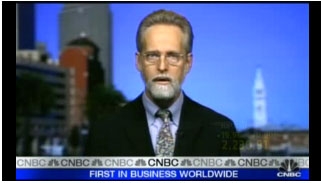Latest EB-5 News

Want to Become a US Citizen? CNBC Money Talks
Want to Become a US Citizen? Money Talks
If you want to immigrate to America, money talks.
Grant Fraser has figured this out. Born on a dairy farm outside Toronto, Canada, he came to the US years ago on a visa. He helped build up and sell a software company.
Married with children, he settled down in Utah and wanted to stay, but it didn’t look promising. “We had applied for immigration status under EB-1 status, which is a person of extraordinary ability, but that was declined.”
Then he found out about EB-5.
This little known program allows foreigners to invest in U.S. businesses and create jobs in exchange for a green card. Think of it as “immigration through investment.” Foreigners can apply for it by proving they’ll pour $1 million into a U.S. company and create ten full-time American jobs.
For rural areas, or those regions with high unemployment, the investment only has to be $500,000. Once approved, the would-be immigrant gets a conditional green card. If the jobs and the company survive for two years, the green card becomes permanent, and the path to citizenship begins. The investment can go into creating a completely new company, or into a company deemed at risk of failing.
Most of the time, the investments go into qualifying “regional centers,” partnerships often involved in real estate developments. In these regional investments, the ten full-time jobs can be created indirectly to qualify.
Seems like a win-win. How come the program isn’t more well-known?
“It requires a lot of capital in one place,” says attorney Martin Lawler, whose San Francisco law firm specializes in immigration issues. ”The capital has to be at risk. One cannot just invest it in a stock market or a bank account, it has to be invested in a business.”
There are 10,000 EB5 visas allotted by the government each year, but Lawler says last year, only about 4,000 people applied. “It’s a big investment and ten jobs is a lot to create. Most people want to diversify their portfolio and not put it all in one investment.”
States like Nevada and Florida are reaching out to foreign investors, promoting EB5 as a way to get an infusion of money and the jobs that come with it.

